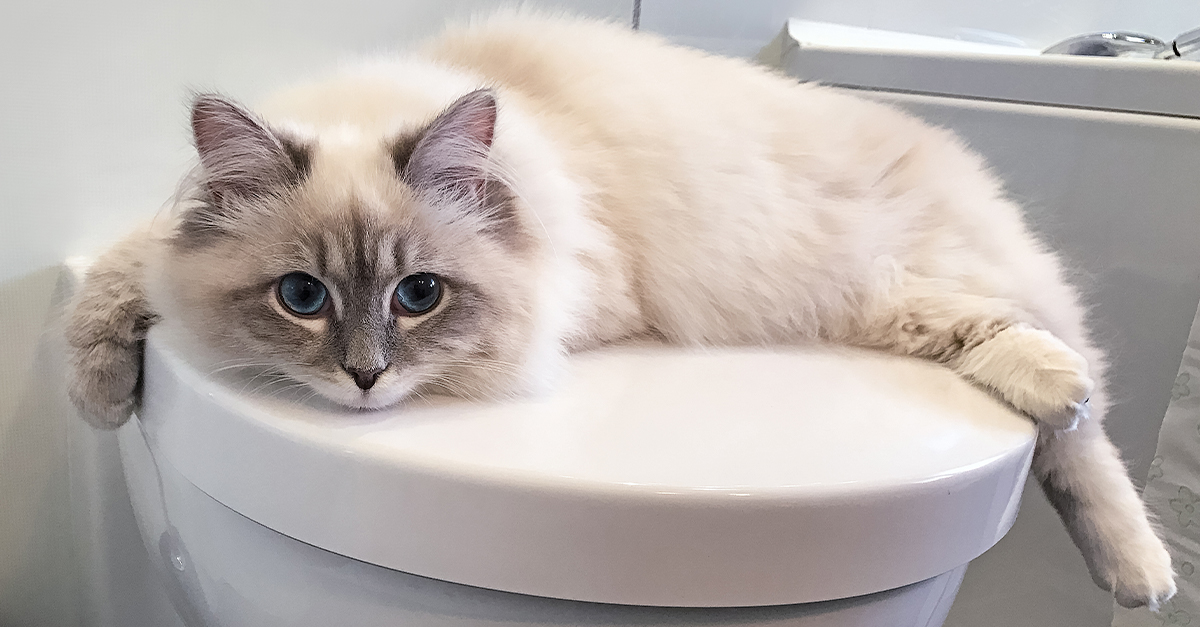Learning Why Animal Waste Should Not Be Flushed Down the Toilet
Learning Why Animal Waste Should Not Be Flushed Down the Toilet
Blog Article
Right here further down you can get a good deal of great material pertaining to 4 Reasons Why Dog Poop Cleanup is Important.

When it involves getting rid of waste, especially animal waste, lots of people usually resort to the practical option of flushing it down the bathroom. Nonetheless, this seemingly easy service can have severe effects for the setting and public health. In this article, we'll explore why flushing animal waste down the toilet is a negative concept and supply different techniques for appropriate disposal.
Intro
Correct waste disposal is crucial for maintaining ecological sustainability and public health. While it might seem harmless to purge animal waste down the commode, it can lead to different concerns, both for the environment and human well-being.
Dangers of flushing pet waste
Ecological influence
Flushing pet waste presents damaging microorganisms and microorganisms into waterways, which can negatively impact aquatic ecosystems. These pathogens can infect water resources and damage marine life, disrupting fragile environments.
Public health concerns
Animal waste consists of dangerous bacteria such as E. coli and Salmonella, which can pose significant health risks to human beings. Purging pet waste down the commode can infect water supplies, resulting in the spread of diseases and infections.
Alternatives to flushing
Instead of purging pet waste down the bathroom, there are a number of alternative disposal methods that are extra eco-friendly and sanitary.
Composting
Composting animal waste is an environmentally friendly way to dispose of it. By composting, organic matter is broken down into nutrient-rich dirt, which can be used to feed gardens and plants.
Landfill disposal
Disposing of pet waste in a landfill is an additional option. While not as eco-friendly as composting, it is a much safer alternative to flushing, as it stops the contamination of water resources.
Pet dog garbage disposal systems
There are specialized family pet waste disposal systems readily available that safely and hygienically dispose of animal waste. These systems usually use enzymes to break down waste and get rid of smells.
Actions to correct pet garbage disposal
To guarantee appropriate disposal of pet waste, follow these steps:
Scooping and bagging waste
On a regular basis scoop and bag pet waste making use of biodegradable bags. This prevents waste from contaminating the environment.
Making use of marked waste containers
Dispose of bagged pet waste in assigned waste bins, such as compost bins or land fill containers. Prevent flushing it down the bathroom whatsoever costs.
Cleansing can and animal areas routinely
Regularly tidy litter boxes and pet locations to avoid the build-up of waste and germs. Use pet-safe cleansing products to keep health.
Benefits of correct disposal methods
Taking on proper disposal approaches for animal waste uses several advantages:
Reduced environmental pollution
Appropriate disposal approaches decrease the risk of environmental pollution, safeguarding rivers and communities from contamination
Lessened threat of water contamination.
By avoiding flushing animal waste down the commode, the click here threat of water contamination is considerably decreased, guarding public health.
Boosted cleanliness and hygiene
Appropriate disposal approaches advertise far better hygiene and health, developing a more secure setting for both human beings and pets.
Verdict
Finally, purging pet waste down the commode is unsafe to the setting and public health. By taking on alternate disposal techniques and complying with proper waste monitoring techniques, we can lessen the unfavorable impact of animal waste and contribute to a cleaner, much healthier world.
What To Do With Dog Poo – The Do's And Don'ts Of Disposing Of Faeces
Dog poo bins
Some councils provide dedicated dog waste bins in popular dog-walking areas that can take dog poo that has been bagged but you can legally dispose of dog waste in any public litter bin, as long as it is securely bagged. This also applies to your wheelie bin at home.
Do not flush
Water companies do not recommend flushing dog faeces down the toilet because certain parasites can survive the water processing treatment and are potentially harmful to humans. You should also never consider flushing dog poo that has been bagged down the toilet as the bags will not break down and instead create severe blockages in the sewage system.
In the woods
The Forestry Commission promotes a ‘stick and flick’ method for dealing with waste in the woods. This means finding a stick and using it to flick any poo from off the path so that it is out of the way of other walkers. You could also bury it as long as it is not in an area where there might be livestock.
Livestock
Parasites found in dog poo can be transmitted to livestock if they inadvertently eat infected faeces that has been left on grazing land. This could result in the death of sheep or abortion in cattle so you should always make sure you pick up your dog’s waste in fields where livestock could be present.

Regularly tidy litter boxes and pet locations to avoid the build-up of waste and germs. Use pet-safe cleansing products to keep health.
Benefits of correct disposal methods
Taking on proper disposal approaches for animal waste uses several advantages:
Reduced environmental pollution
Appropriate disposal approaches decrease the risk of environmental pollution, safeguarding rivers and communities from contamination
Lessened threat of water contamination.
By avoiding flushing animal waste down the commode, the click here threat of water contamination is considerably decreased, guarding public health.
Boosted cleanliness and hygiene
Appropriate disposal approaches advertise far better hygiene and health, developing a more secure setting for both human beings and pets.
Verdict
Finally, purging pet waste down the commode is unsafe to the setting and public health. By taking on alternate disposal techniques and complying with proper waste monitoring techniques, we can lessen the unfavorable impact of animal waste and contribute to a cleaner, much healthier world.
What To Do With Dog Poo – The Do's And Don'ts Of Disposing Of Faeces
Dog poo bins
Some councils provide dedicated dog waste bins in popular dog-walking areas that can take dog poo that has been bagged but you can legally dispose of dog waste in any public litter bin, as long as it is securely bagged. This also applies to your wheelie bin at home.
Do not flush
Water companies do not recommend flushing dog faeces down the toilet because certain parasites can survive the water processing treatment and are potentially harmful to humans. You should also never consider flushing dog poo that has been bagged down the toilet as the bags will not break down and instead create severe blockages in the sewage system.
In the woods
The Forestry Commission promotes a ‘stick and flick’ method for dealing with waste in the woods. This means finding a stick and using it to flick any poo from off the path so that it is out of the way of other walkers. You could also bury it as long as it is not in an area where there might be livestock.
Livestock
Parasites found in dog poo can be transmitted to livestock if they inadvertently eat infected faeces that has been left on grazing land. This could result in the death of sheep or abortion in cattle so you should always make sure you pick up your dog’s waste in fields where livestock could be present.

Hopefully you enjoyed our topic about Don't Flush Your Pets Poo Down The Loo, Vet Warns. Thank you so much for finding the time to read through our piece. You should set aside a second to distribute this blog post if you enjoyed it. Many thanks for taking the time to read it.
Click Here Report this page